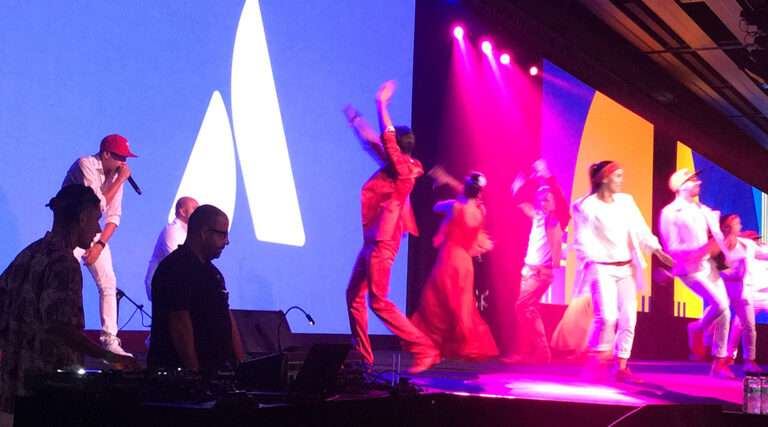
Atlassian has laid a lot more roadmap on its Jira, er, roadmap, with a “slew” of additions to the functionality.
The Jira vendor said the launch of next generation Jira Software in 2018 had jacked up roadmapping, and that 45 per cent of users were using roadmapping within a month of the launch, making it the most rapidly adopted feature in the product’s history.
So, on the basis that you can’t have too much of a good thing, the company unveiled a small atlas’ worth of new features this week.
These include a progress bar, to show team members how they’re doing against a project’s roadmap. Users can now add dependencies using drag and drop, making it easier to visualise relationships between items. An integration with the vendor’s Confluence collaboration application means roadmaps can now be shared across an organisation, which can produce an “organisation level view” of multiple teams’ work by aggregating their roadmaps.
Likewise, you can drill down from a macro level roadmap with “hierarchy levels” taking you down to smaller projects and pieces of work. Similarly, new filters can expose different aspects, such as complete jobs or work in progress. And new roadmaps can now be added inline with a single click.
Jake Brereton, head of marketing for Jira Software, said “I think the thing that we’re going to see the most excitement about and that we are probably most excited about is dependency mapping.
“So if any of these dependencies that you map on from the roadmap will be reflected anywhere else that work is.”
Boadmaps and progress charts can be more an aspiration than a reflection of messy reality, but Brereton said, “Epics live in a backlog. You can see them if you filter from the board and if you define a dependency here or relationship here that’s going to be reflected everywhere else within the Jira instance…the roadmap is sort of that single source of truth, but if you define something here, it’s applicable across your entire Jira instance.”
